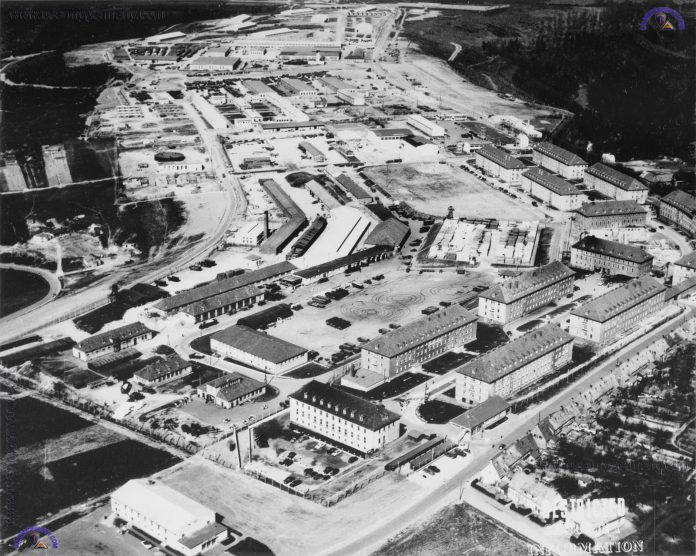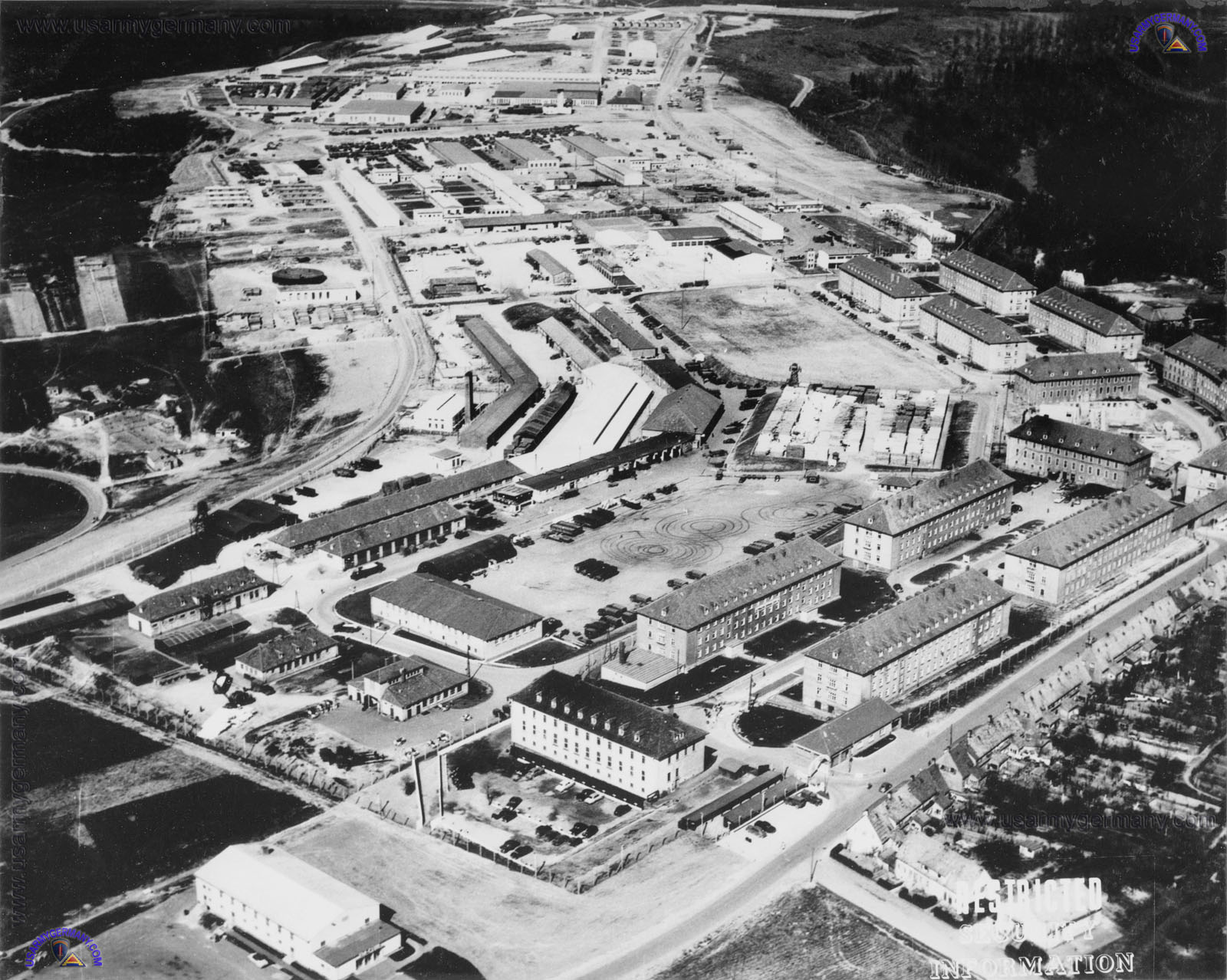
In the city of Pirmasens, Germany, a poignant convergence of history and modernity has emerged in the form of an audio tour, rekindling the memories and camaraderie of the U.S. military veterans who once called Husterhöh Kaserne their home. The new addition to the city’s audio tour serves as a bilingual bridge between past and present, celebrating the enduring bond between former American soldiers and the German community they became a part of.
The Husterhöh Kaserne, a name etched into the collective memory of thousands of American servicemembers, now finds its legacy preserved through the voices of local German-American teen Gisela Looper and retired U.S. soldier Kenny Coleman. Together, they narrate the site’s transformation from a military hub to a civilian enclave, as part of a 19-stele audio guide that marks historical sites throughout Pirmasens with etched QR codes.
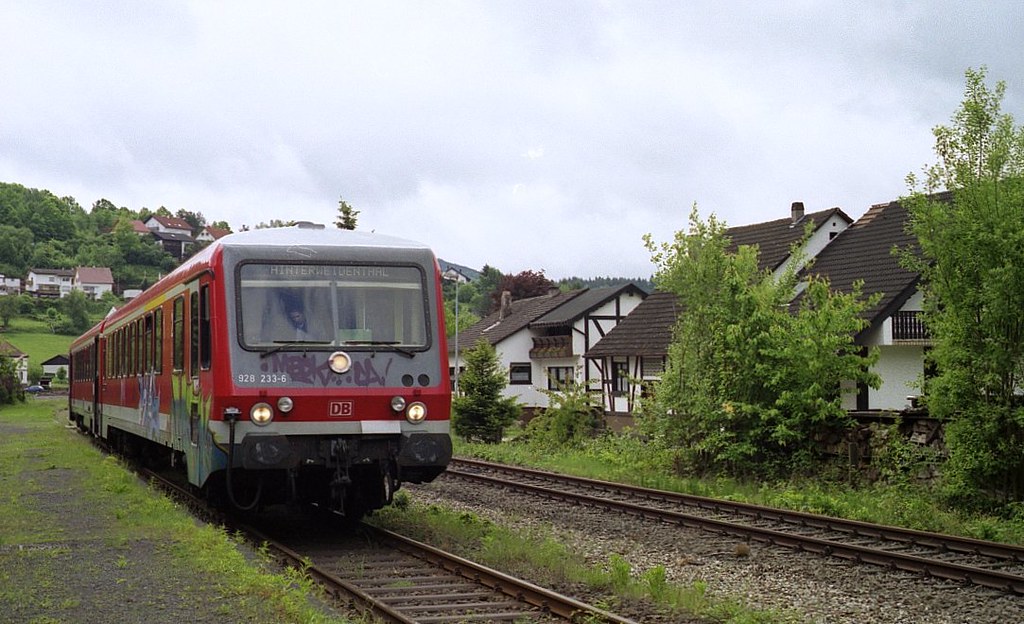
This initiative sprouted from the fertile grounds of social media interactions within the Facebook community “Husterhoeh Kaserne.” Marina Hilbert, the group’s administrator, began her journey with searches for long-lost American friends, leading to a shared space of nostalgia and support for over 1,800 members. The community’s “care call” program exemplifies the tight-knit support system, ensuring that aging veterans remain connected and cared for.
Husterhöh Kaserne’s storied past, including its use by the Hitler Youth and its transition to American control in March 1951, offers a rich tapestry for the audio guide. The base, once encompassing around 750 acres and housing over 10,000 American soldiers and their families by the 1990s, now retains only a small U.S. Air Force logistics presence.
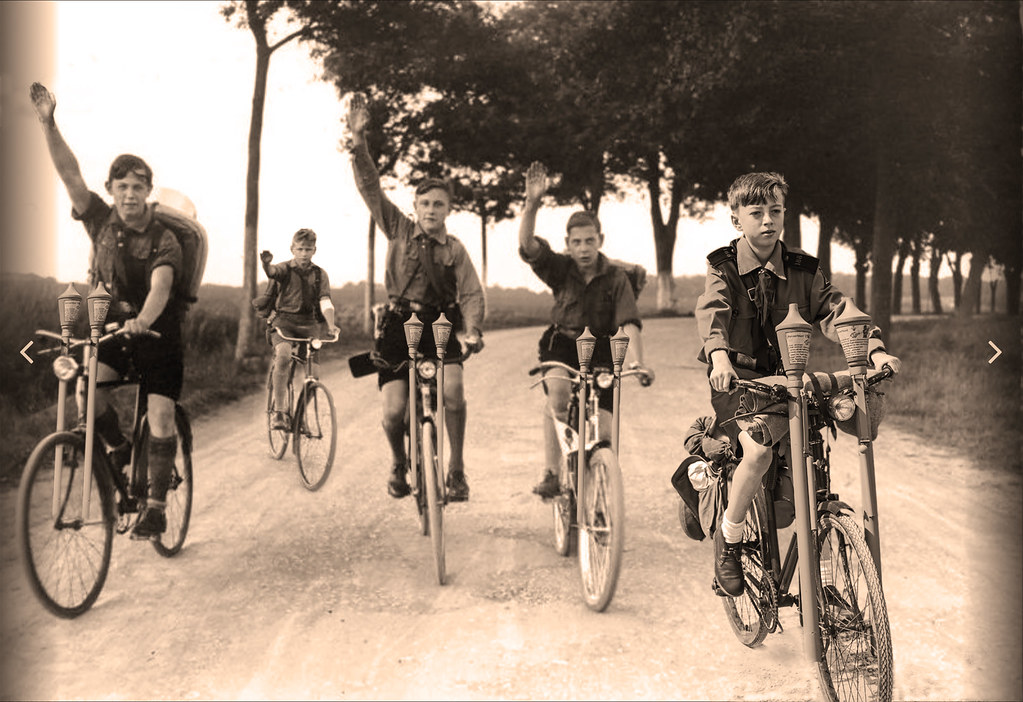
Veterans like Rufus Riley, a missile crewman in the 2/56 Air Defense Artillery for 10 years starting in 1972, share profound connections to the city. Despite initial apprehensions about neo-Nazis, Riley’s experience turned into a narrative of acceptance and integration. He became an active sports coach and built a life in Pirmasens, marrying a local woman.
The U.S. military’s downscaling in 1997 sparked economic challenges, leading to an urban development agreement in 1999 aimed at repurposing the site for civilian use. Edith Allison, who served as an intelligence analyst from 1978 to 1981, describes the transition from military base to a lively post as “pretty cool.”
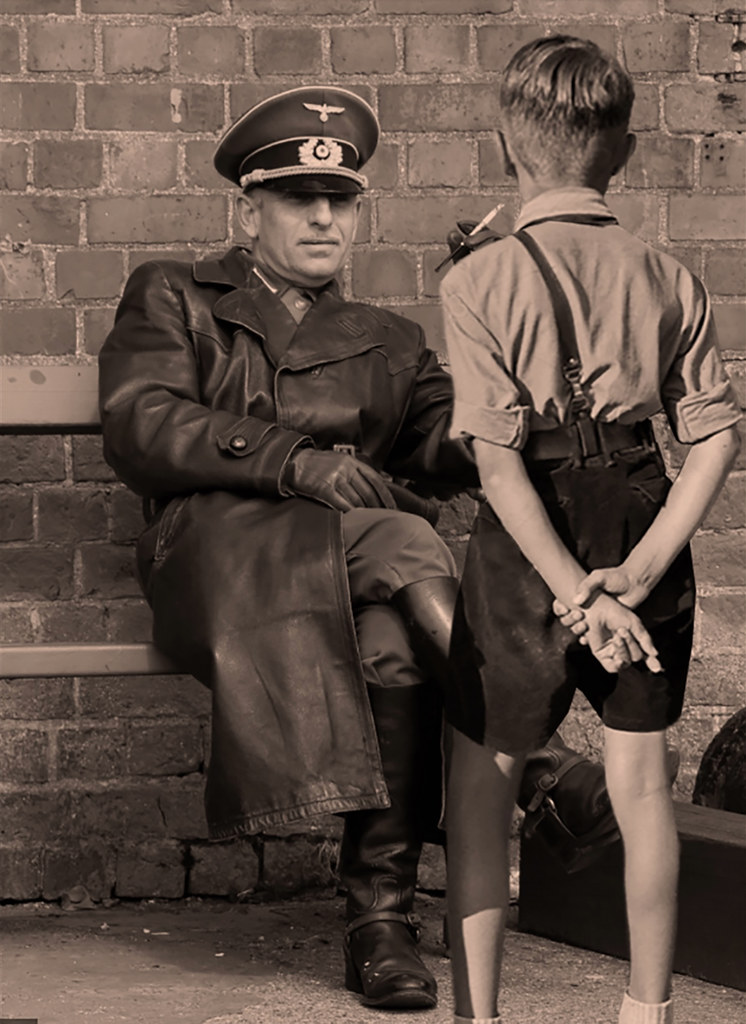
Command Sgt. Maj. Kyle Brunell, keynote speaker at the farewell ceremony for the U.S. Army Medical Materiel Center-Europe’s departure from Husterhöh Kaserne, shared his bittersweet sentiments. Reflecting on the strong bonds between soldiers and the Pirmasens community, he highlighted a parade in celebration of the end of Desert Storm in 1992, as a testament to the close ties fostered over the years. He praised Hilbert’s dedication to maintaining the community’s memory and acknowledged her mother’s long-term service at the base, embodying the spirit of collaboration.
The legacy of Husterhöh Kaserne and its personnel now lives on through both an audio homage and a symbolic red bull monument that moved with USAMMCE to its new location at Kaiserslautern Army Depot. As the voices of Looper and Coleman guide visitors through the echoes of history, the story of Husterhöh Kaserne reminds us that while structures may crumble and roles may change, the essence of a place is forever shaped by the people who breathe life into it.
Relevant articles:
– New stop on Pirmasens audio tour rekindles US military’s history at Husterhöh Kaserne, Stars and Stripes
– You can’t go home again . . . to Husterhöh Kaserne, oregonscribbler.com
– USAMMCE says farewell to Husterhoeh Kaserne, Army.mil
